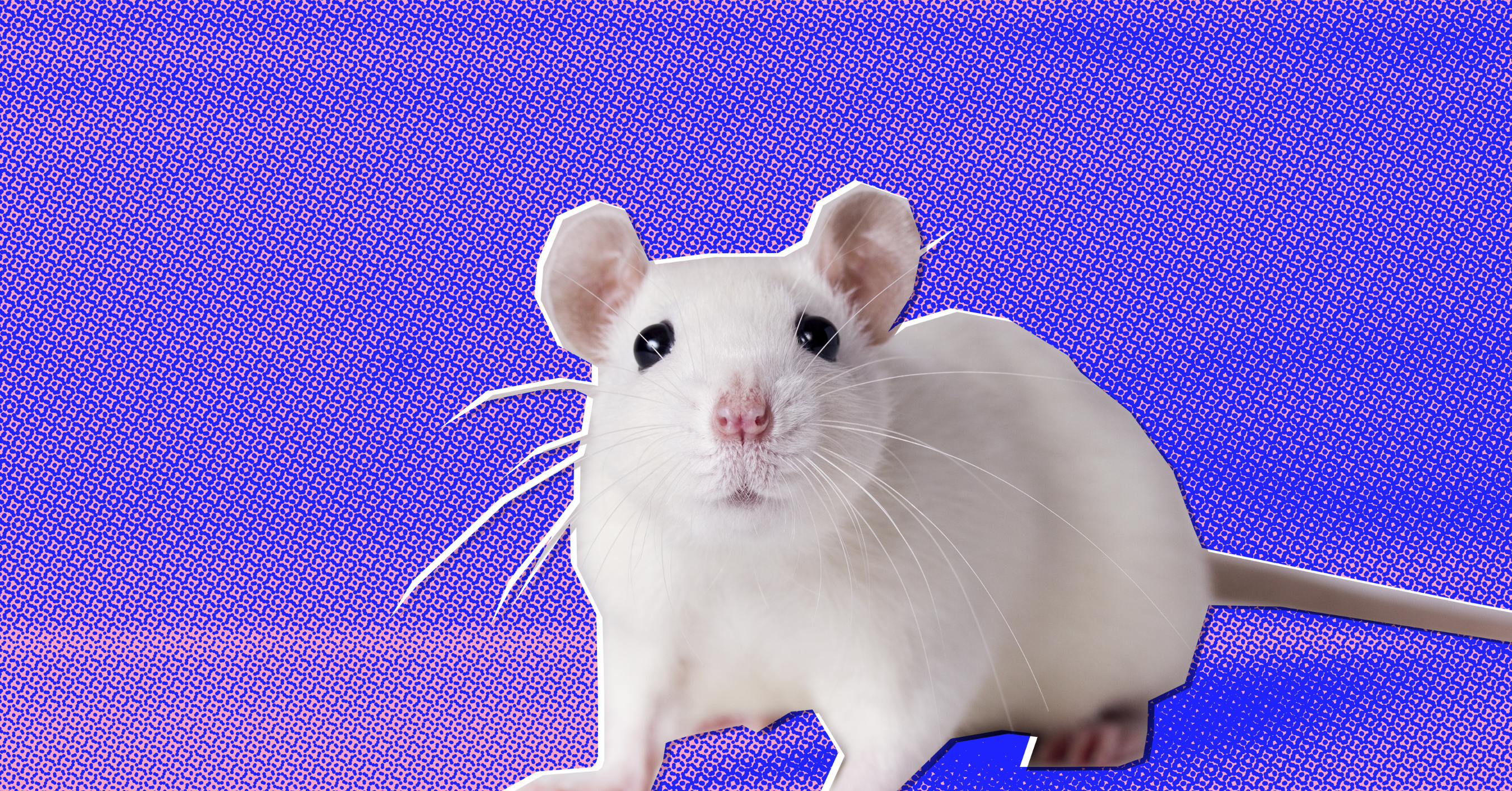
The Animal Welfare Act Protects Just 5% of Animals in Labs
You may ask: “Aren’t there laws that protect animals in labs?”
The Animal Welfare Act (AWA), enacted in 1966, is the only U.S. federal law that provides even minimal protection for animals in laboratories. However, it specifically excludes rats, mice, and birds bred for research, who constitute about 95% of animals in laboratories. It also excludes cold-blooded animals (fish, reptiles, and amphibians), as well as farmed animals raised for food and fiber or used in experiments to improve animal production methods and/or the quality of agricultural products.
Only about 5% of animals used in experiments are afforded any protections under the AWA.
For the approximately 5% of animals in labs covered by the AWA, the law sets minimal standards for their housing, feeding, handling, and veterinary care, but does not prohibit any kind of experiment regardless of the amount of pain or distress it might cause. Instead, it requires committees (Institutional Animal Care and Use Committees or IACUCs) to review and approve research protocols.
A definitive component of the U.S.’s self-regulatory system for research laboratories, IACUCs are widely regarded as “rubber stamp” committees. IACUCs are composed primarily of animal researchers selected for committee membership by the research institutes on whose committees they sit, and 93% of IACUC chairs are animal researchers themselves [1]. As a result, those whose livelihoods depend on animal research (i.e., animal researchers) themselves decide if any proposed animal experiment may proceed, with the result that IACUCs approve 98% of proposed animal experiments [1] without undertaking any type of ethical review. Unsurprisingly, then, IACUCS approve animal research proposals regardless of the amount of suffering they inflict upon nonhumans; and IACUCS routinely permit researchers to circumvent even the barest of legal protections (such as the provision of water) when they claim doing so is “necessary” for experimental purposes. Necessity is not defined. In many cases, researchers attempt to break research subjects’ will and/or create their desperation in bids to reduce their resistance to research methods. For example, water and/or food is often withheld from research subjects to place them in a state of desolation, increasing their likelihood of complying with researchers to “earn” a single drop of water or a food pellet.
In 2005, the U.S. Department of Agriculture (USDA)’s Office of the Inspector General found that many of the IACUCs in U.S. research facilities were failing in their mandate to search for alternatives to animal experiments, review painful procedures, monitor for unnecessary duplication of research, and provide adequate veterinary care.
The USDA is supposed to inspect licensed animal research facilities and enforce animal care regulations, but there are myriad problems with this process.
Routine annual inspections of all licensed facilities (i.e., those that hold or use AWA-covered animals) by the USDA Animal and Plant Health Inspection Service (APHIS) are supposed to enforce regulations set by the AWA for facility licensure. However, a mere 115 USDA inspectors are on the job to oversee more than 7,750 facilities involved in research, exhibition, breeding, or dealing of animals. This makes adequate inspection and regulation virtually impossible.
Making matters worse, a secret, illegal USDA policy we uncovered shows many animal research facilities circumvent APHIS’s annual inspections through the USDA’s partnership with the nonprofit Association for Assessment and Accreditation of Laboratory Animal Care (“AAALAC”) International. AAALAC International undertakes site “visits” every three years in lieu of USDA inspections. With help from Harvard University’s Animal Law and Policy Clinic, we have filed a lawsuit against the USDA for their sneaky, illegal policy that’s allowing animal research laboratories to go largely unchecked.
Enforcement of the Animal Welfare Act is lax.
When the USDA finds facilities to be non-compliant with AWA policies, they may issue penalties, but these are typically so small they are inconsequential. For example, in 2004 a 10-year-old chimpanzee named Dover died from overheating due to improper ventilation in a “stainless steel box with solid flooring, roof, rear, and sides” during transit at the Yerkes National Primate Research Center. The USDA fined Yerkes a trivial $1,375 for negligence leading to Dover’s death. In 2008, maximum fines per violation increased from $2,500 to $10,000, but for facilities bringing in millions of animal research dollars these fines are simply the cost of doing business. Moreover, facilities often pay these fines instead of investing financially in remedying the bases for the fines.
While the AWA and IACUC systems purport to ensure “humane” treatment of animals in laboratories, the truth is this system is plagued with loopholes that leave animals with little to no adequate protection.
You can help make a difference. Take immediate action for animals by visiting our online advocacy center or making a donation to support our life-saving work. Together, we will end animal experimentation in our lifetime.
- Hansen, L., & Kosberg, K.A., Ethics, Efficacy, and Decision-making in Animal Research. Animal Experimentation: Working Towards a Paradigm Change (Eds. Kathrin Herrmann & Kimberley Jayne, 2019), pp.275-288.